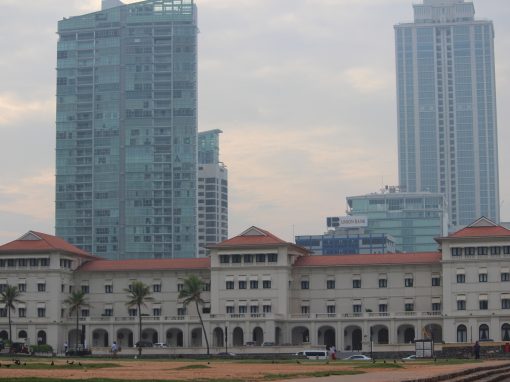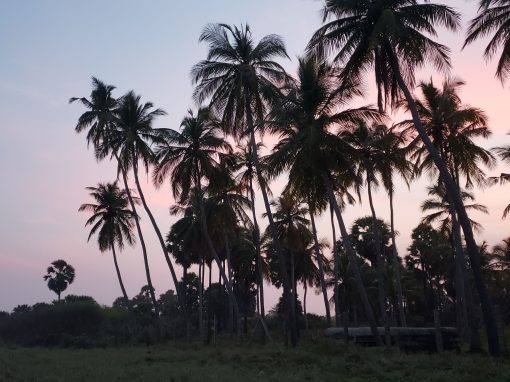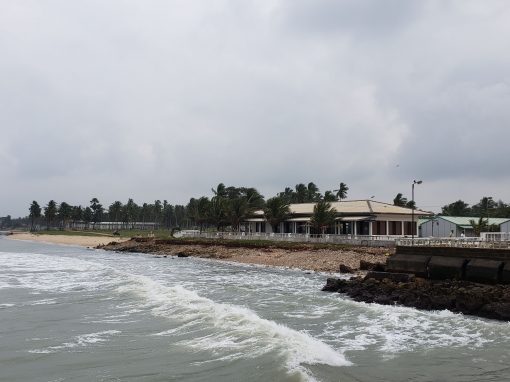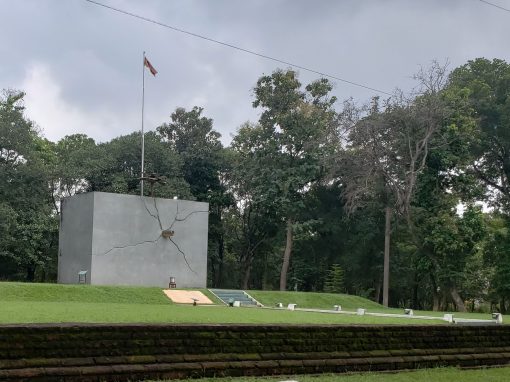Peace and Tourism
Tourism development in former conflict areas of Sri LankaAt Orr’s Hill, a military museum in Trincomalee Town, one can play pretend soldier with a rusted machinegun inside a now defunct bunker. (Photo © Stephen Cook)
The war ended on beautiful, sandy beaches edging the deep blue of the Pacific.
Tens of thousands of civilians trapped in a few square kilometres as shells rained down from government forces. Mullaitivu: where the dream of the Tamil state died, along with the last remnants of the once-formidable Tamil Tigers and their fascistic leader Velupillai Prabhakaran.
Sri Lanka’s 26-year civil war ended in 2009, the bloody culmination of more than a century of colonial divide-and-rule policies and an independence tainted by the Sinhala Buddhist majority’s oppression of minorities.
In the decade that has since passed, an uneasy peace has held together in a Sinhalese-dominated state that has taken few steps towards reconciliation.
That fragile state of affairs was torn asunder in Easter 2019 when a previously little-known group of Islamic extremists killed hundreds in bombing attacks on Christian places of worship and hotels.
While this project does not directly address that tragedy, many commentators have said that violence cannot be considered separate from the violence and de facto disenfranchisement the Moors, Sri Lanka’s Tamil-speaking Muslim minority, has experienced during the war and afterwards.
This project is the story of tourism development in post-conflict areas, a lens through which to view a nation that has yet to experience a true and lasting peace.
By Stephen Cook




